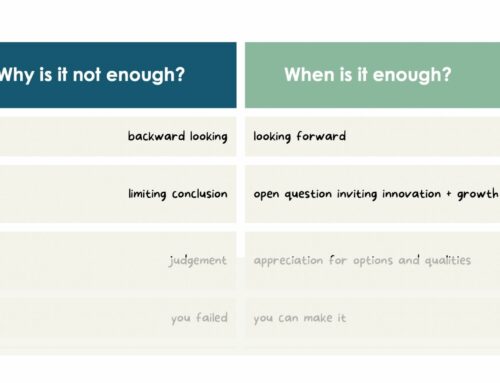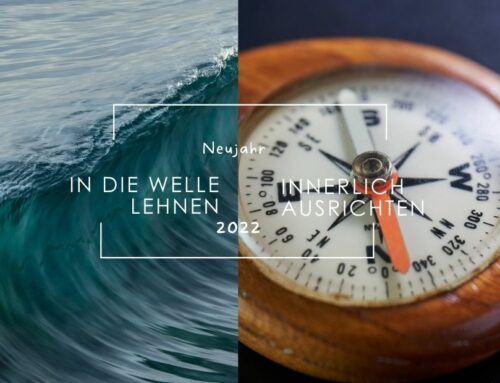Day 18
Imoved this year. Since I've lived in a wonderful shared apartment in Hamburg for the past few years, I now had to buy and rebuild some furniture.
We all know the assembly instructions for shelves, chests of drawers and cupboards from IKEA: the list of the components and tools that are enclosed in the packaging, the safety warnings for assembly without immediate or long-term damage, and then a picture for each step. There are no words or sentences - and therefore no big blunders from automated translation programs. Everything is understandable - and gives you the certainty: Nothing can go wrong, I can do it!
I've had the experience: with almost every piece of furniture that I assemble according to these perfect instructions, there ALWAYS comes the IKEA moment - even if it is not a piece of furniture from the blue and yellow Swedish furniture store:
The IKEA moment doesn't happen right away. The first steps have been taken, the first sense of achievement appears and the piece of furniture takes shape. I don't expect it anymore, but then there comes a tricky moment: it hangs, is uptight, something is too big or too small. The screw cannot be found. I turn, I push or pull, I loosen and fix it again. Most of the time I have to twist myself unnaturally, screw into an unlit corner. The head is bent forward, the blood makes my eyes swell, I can already see asterisks. The next thing that hurts is the knee with osteoarthritis that I am leaning on and then the screwdriver slips and almost scratches my hand ... then comes the climax: "That CANNOT work!" "There is 100% a mistake in the instructions!" "They packed the wrong screws" - "The bar is missing, it has simply been forgotten!" ... the story could now be over very quickly: screwdriver pounded into the corner, all the individual parts packed up and back into the car, tomorrow there will be a complaint!
What am I doing? It takes a few minutes of cursing and panting before I realize: Ahhhh, this is the IKEA moment ... the moment is actually not the moment of crisis, but the magical moment in which I register: I am stressed. Now there is only one thing to do: pause, take a deep breath, turn around and do something completely different. And doing something different really means: Don't think about the structure any further, or talk to someone: in case of doubt, I scold myself again in anger and solidify my opinion that it can't work. Then I usually go to the kitchen, put on some tea or do something to eat, distract myself with my cell phone or the television. Sometimes I go out too: shopping, running, cycling. The main thing is to divert my attention from the stress.
The interruption can take a few minutes - but the magic lies in what happens when I turn back to the process: it works, it clicks into place, the screw is found, the piece of furniture is - it's done!
What is the magic of this moment? I answer it like this: If everything went smoothly, and if everything were as simple as the little IKEA stick figure suggests in the instructions, then I wouldn't think about it anymore - but I wouldn't have a sense of achievement either. But the feeling of getting stuck, of getting more and more hectic and impatient in my processes with all the urge and expectation and then to realize: I'm stuck, I can't get any further - and then next put the blame on the others and grumble at IKEA ... these are patterns. To pause, breathe in, breathe out - rewire my synapses and understand: Ease does not come about by expecting it to always be as easy as the little smiling stick figure shows. Ease arises when I understand that I can do it, even if and maybe precisely because I get stuck every now and then and face a problem and then go through the process of understanding it better and sharpening my senses for my success.
On my tool shelf there are a few screws, strips, or hinges that were left over after I finished setting up ... I must have overlooked them in the instructions - but my dressers are standing!




